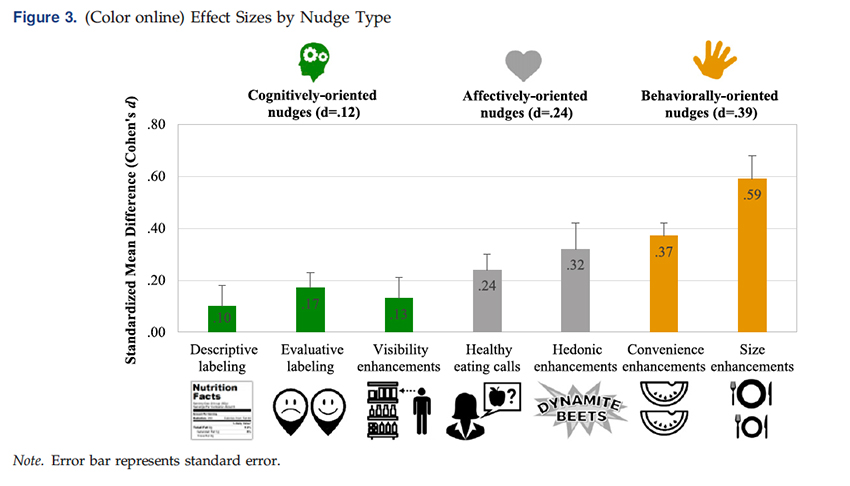Paper by Tanya Filer, Antonio Weiss and Juan Cacace: “In 2015, voters in Argentina elected Mauricio Macri of the centre-right Propuesta Republicana (PRO) as their new President, following a tightly contested race. Macri inherited an office wrought with tensions: an unstable economy; a highly polarised population; and an increasing weariness towards the institutions of governance overall. In this context, his administration hoped to harness the possibilities of digital transformation to make citizens’ interactions with the State more efficient, more accountable, and ‘friendlier’.
Following a successful tenure in the City of Buenos Aires, where Macri had been Mayor, Minister Andrés Ibarra and a digital government team were charged with the project of national digital transformation, taking on projects from a single ‘whole-of-government’ portal to a mobile phone application designed to reduce the incidence of gender-based violence against women. Scaling up digitisation from the city to the national level was, by all accounts, a challenge. By 2018, Argentina had won global acclaim for its progress on key aspects of digital government, but also increasingly recognised the difficulties of digitisation at the national scale. It identified the need, as observed by the OECD, for an overarching strategic plan to manage the scale, diversity and politics of federal-level digital transformation. Based on interviews with key stakeholders, this case discusses the country’s digital modernisation agenda from 2015 to 2018, with a primary focus on service provision projects. It examines the challenges faced in terms of politics and technology, and the lessons that Argentina’s experience offers….(More)”

